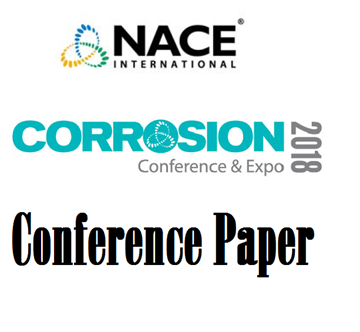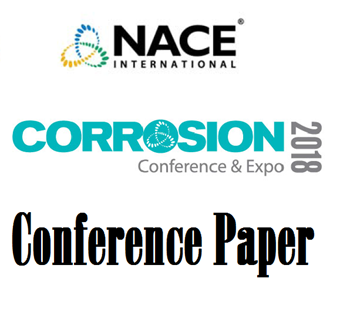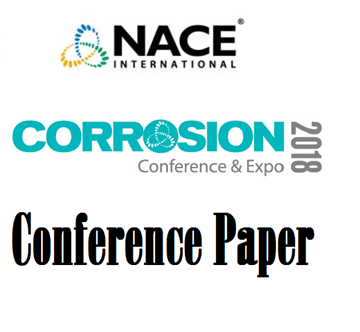Search
Impact of Novel Sulphidogenesis-Inhibitory Chemistries on Souring and MIC
Also Purchased
51318-11189-Corrosion Protection of Out-of-Service Pipelines
Product Number:
51318-11189-SG
Publication Date:
2018
$20.00
51318-11184-Advances in on-site corrosion inhibitor management
Product Number:
51318-11184-SG
Publication Date:
2018
$20.00
51318-10982-Analyzing Pig Returns from a Subsea Pipeline for MIC: Sampling and Testing Challenges
Product Number:
51318-10982-SG
Publication Date:
2018
$20.00




